 |
| The socio-economic life of Xin Man and Hoang Su Phi, the poorest and most disadvantaged districts of Ha Giang province, is gradually changing thanks to the acumen, dynamism and spirit of overcoming poverty of ethnic minority youth. In the photo: 3S broom production facility of women in Tan Tien commune, Hoang Su Phi district. (Photo: Le An) |
In addition to mobilizing resources to develop essential infrastructure, transportation systems, electricity, irrigation, domestic water, schools, medical stations, etc., the synchronous implementation of policies to support production development, create livelihoods and jobs; improve access to education, health care, culture and information combined with sustainable poverty reduction programs and new rural construction programs has fundamentally changed the face of ethnic minority areas.
However, to effectively implement the goals set out at the 13th National Party Congress, it is necessary to focus on thoroughly resolving difficulties for ethnic minority areas so that socio-economic development policies can truly come into effect.
New rural areas for ethnic minorities
Socio-economic development in ethnic minority and mountainous areas is always a strategic task. The 13th Party Congress determined: “Focus on perfecting and implementing ethnic policies in all areas, especially specific policies to solve the difficulties of ethnic minorities. Create livelihoods, jobs, stable settlement for ethnic minorities, especially in remote, isolated and border areas. Focus on effectively implementing the National Target Program on Socio-economic Development in Ethnic Minorities and Mountainous Areas for the 2021-2030 period”.
This is considered a guideline to effectively and practically open up national target programs for the specific characteristics of each ethnic minority region.
According to the Ministry of Labor, War Invalids and Social Affairs, the National Target Program on Sustainable Poverty Reduction for the 2021-2025 period has initially reduced the poverty rate by an average of 1-1.5% per year; the poverty rate of ethnic minority households has decreased by over 3% per year (in poor districts alone, the poverty rate has decreased by 4-5% per year).
With the focus on investment in improving infrastructure, transportation, electricity, roads, schools, and stations, the rural appearance of ethnic minority and mountainous areas has changed significantly. Concrete roads have been built to most commune centers in mountainous areas; irrigation works, national grid electricity, schools, and medical stations have also been invested in building and repairing; communications, the Internet, and mobile telecommunications networks have been widely covered in every village and hamlet in ethnic minority areas.
By 2023, 100% of mountainous communes and ethnic minority areas will have access to the national electricity grid; over 98% of communes will have public telephone contact points; more than 3,000 public telecommunications access points for people; the mobile phone network will cover all ethnic minority areas with the 4G mobile broadband coverage rate reaching 99.8% of the total population.
Typically, Son La province, by 2023, has invested in building 158 centralized domestic water works; solving decentralized domestic water for 6,162 households; 97.55% of communes have asphalted or concrete car roads to the commune center; 78.49% of villages have hardened car roads to the center; 100% of schools, classrooms, and medical stations are solidly built...
 |
| The capital from the 1719 Program to support career conversion has helped many Khmer ethnic households in Vinh Thinh commune (Hoa Binh district, Bac Lieu province) have a stable income. (Photo: Phuong Nghi) |
Health and education in ethnic minority areas have received attention and investment nationwide. Up to now, 99.4% of communes have health stations, of which about 60% of commune health stations meet national health criteria; 96.12% of ethnic minorities use health insurance cards. Nationwide, there are 320 ethnic boarding schools in 49 provinces and cities with 105,818 students; 1,134 semi-boarding schools in 29 provinces and cities with 250,795 students; the rate of ethnic minority students of school age has increased, the number of ethnic minority students dropping out of school has decreased.
However, the lives of ethnic minorities are still difficult, there is still a development gap between regions; the socio-economic development speed of ethnic minority areas is still low, the poverty rate in some remote areas is still high...
Along with that, the level of human resources is still limited, the labor force is poorly trained; there is still a situation where a part of the population is illiterate or re-illiterate. The cultural identity of some ethnic groups is at risk of fading away and being assimilated. New social issues arise such as: labor, employment and labor migration to urban areas; cross-border labor; cross-border marriage, social evils, drugs, prostitution, human trafficking, etc., which are becoming increasingly complicated, posing many tasks that need to be solved in terms of economy, society and culture in ethnic minority areas.
Synchronously implement specific programs and policies
To continue developing the socio-economy of ethnic minority areas in the coming time, especially to develop specific policies to solve the difficulties of ethnic minorities, it is necessary to implement the following solutions in a unified, synchronous, timely and effective manner:
Firstly, continue to thoroughly grasp and effectively implement Decision No. 1719/QD-TTg approving the National Target Program on Socio-Economic Development in Ethnic Minority and Mountainous Areas. This is an important, comprehensive solution with the general goal of exploiting the potential and advantages of localities in ethnic minority and mountainous areas.
Innovate, promote economic development, ensure social security; reduce poverty rapidly and sustainably, gradually narrow the gap in living standards and average income of the region compared to the national average; gradually reduce the number of communes and villages with special difficulties; plan, arrange and stabilize the population, build a synchronous, inter-regional socio-economic infrastructure system, connecting with developed regions; comprehensively develop education, training, health care, culture; significantly improve people's lives.
| The 13th Party Congress determined: “Focus on perfecting and implementing ethnic policies in all areas, especially specific policies to address the difficulties of ethnic minorities. Create livelihoods, jobs, and stable settlement for ethnic minorities, especially in remote, isolated, and border areas. Focus on effectively implementing the National Target Program on Socio-Economic Development of Ethnic Minorities and Mountainous Areas for the 2021-2030 period.” |
Second, there should be a specific mechanism for investment and annual allocation of the state budget for mountainous areas, ethnic minority areas, and areas with difficult socio-economic conditions. In recent years, mountainous, border and ethnic minority provinces have made great and comprehensive progress in all fields, but they are still the most difficult areas.
To create momentum for socio-economic development in ethnic minority and mountainous areas, the National Assembly, the Government, ministries and branches need to continue to pay attention to researching specific mechanisms in investment and annual state budget allocation for this area; it is necessary to consider the difficulties and specific characteristics of ethnic minority mountainous areas, such as: complex terrain, fragmentation, poor infrastructure...
At the same time, the State needs to invest in road infrastructure connecting mountainous areas to create inter-regional connections, promote freight transport, develop tourism, border gate economy, and protect national border sovereignty. In particular, in allocating public investment capital, priority should be given to disadvantaged localities, ethnic minority areas, and mountainous areas.
Third, focus on promoting socio-economic development activities, implementing hunger eradication, poverty reduction, and ensuring social security in ethnic minority areas. Focus on cultural work, exploiting and promoting the advantages and positive aspects in the customs and practices of ethnic minorities to serve the purpose of development. This is a direct solution contributing to the socio-economic development of ethnic minority and mountainous areas.
In particular, focusing on improving the capacity and efficiency of agricultural and forestry production, shifting labor to non-agricultural sectors to ensure livelihoods and income for people, contributing to poverty reduction. Developing priority policies to protect and ensure employment for labor groups in the informal sector, especially for ethnic minority laborers in rural areas, and migrant laborers working seasonally in urban areas and developed economic regions to enhance job sustainability.
Quickly complete the measurement, classification, and determination of forest and forest land boundaries, especially in areas with overlap and disputes. Promote the implementation of forest and forest land allocation to households, individuals, and ethnic minority communities in the area according to the principle of shared responsibility for forest management, protection, development, and mutual benefit.
Accelerate the arrangement, innovation and development, improve the operational efficiency of agricultural and forestry companies associated with solving the problem of residential land and production land for ethnic minorities lacking land. Along with that, combine the preservation and promotion of the cultural identity of ethnic minorities with economic development and tourism development. Form cultural strength within ethnic communities to counter the influence and impact of foreign culture and the distorted arguments of hostile forces.
 |
| Red Dao ethnic people in Cao Bang use their phones to access information. (Photo: Nguyen Hong) |
Properly handle issues in the cultural and spiritual life of ethnic minority areas such as: gradually eliminating some backward customs; preventing the process of changing the original culture that causes the loss of traditional values; limiting the process of changing beliefs to religions in some areas.
Fourth, focus on building a strong grassroots political system in ethnic minority and mountainous areas, promoting local resources in socio-economic development, ensuring national security and defense. Party committees and organizations, together with the grassroots political system, play an important role in realizing the socio-economic development goals in ethnic minority and mountainous areas. Focus on building a grassroots political system; training and fostering to improve the quantity and quality of ethnic minority cadres, especially local cadres.
Strengthen and innovate mass mobilization, information and propaganda work; combine mass mobilization work with professional work of the armed forces, improve the effectiveness of coordination between the armed forces and the Fatherland Front and socio-political organizations in building the national defense posture and people's security in ethnic minority areas, focusing on building the "people's hearts posture", implementing the movement of the whole people to protect security and order.
For border areas, where many people have ethnic and religious ties with people from neighboring countries, local authorities and security forces need to grasp the situation, properly manage business travel, visits to relatives, marriages and manage cross-border labor. Strengthen the work of detecting, preventing and promptly handling violations of the law and illegal cross-border labor; suppress crimes such as drug trafficking, human trafficking, and violations of border security...
| Accelerate the arrangement, innovation and development, improve the operational efficiency of agricultural and forestry companies associated with solving the problem of residential land and production land for ethnic minorities lacking land. Along with that, combine the preservation and promotion of the cultural identity of ethnic minorities with economic development and tourism development. Form cultural strength within ethnic communities to counter the influence and impact of foreign culture and the distorted arguments of hostile forces. |
Source: https://baoquocte.vn/phat-trien-kinh-te-xa-hoi-vung-dan-toc-thieu-so-277572.html






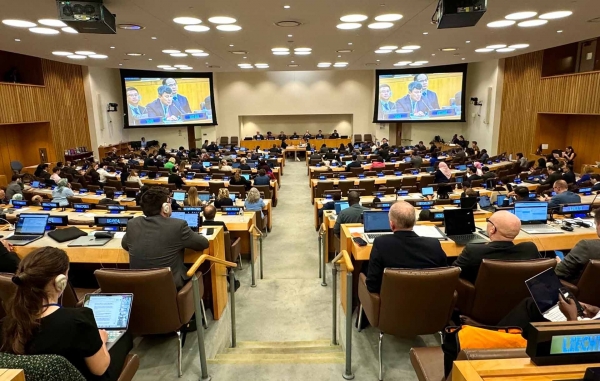


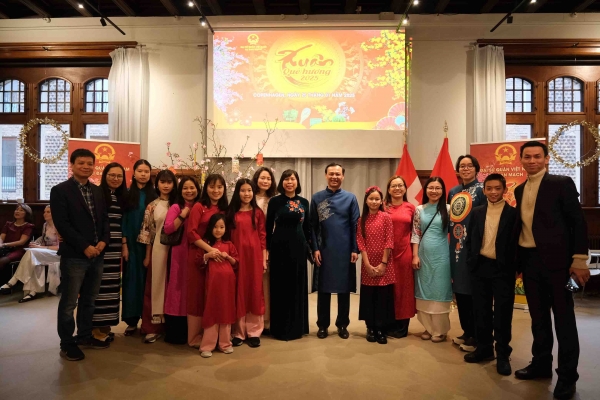


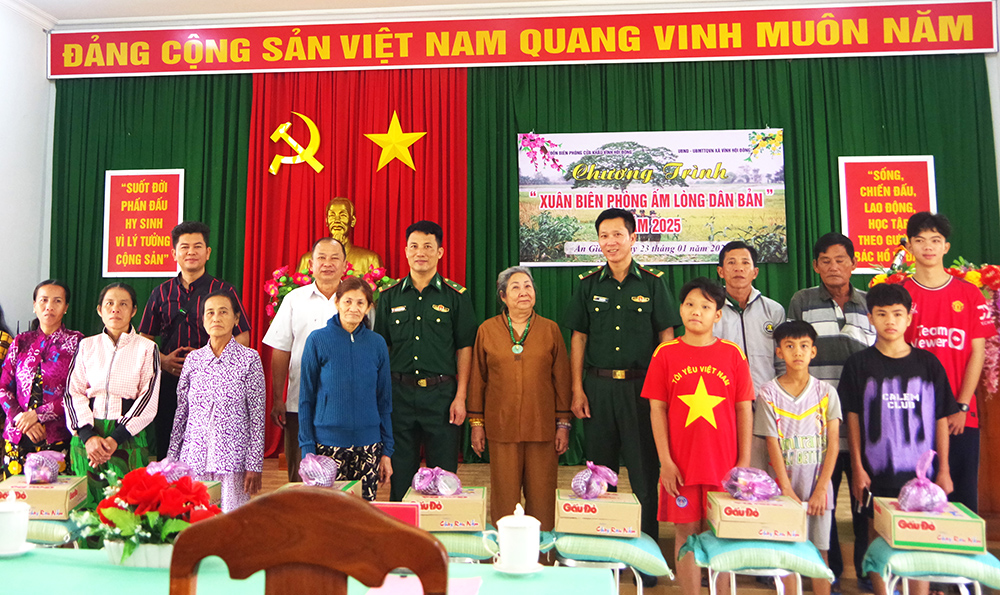

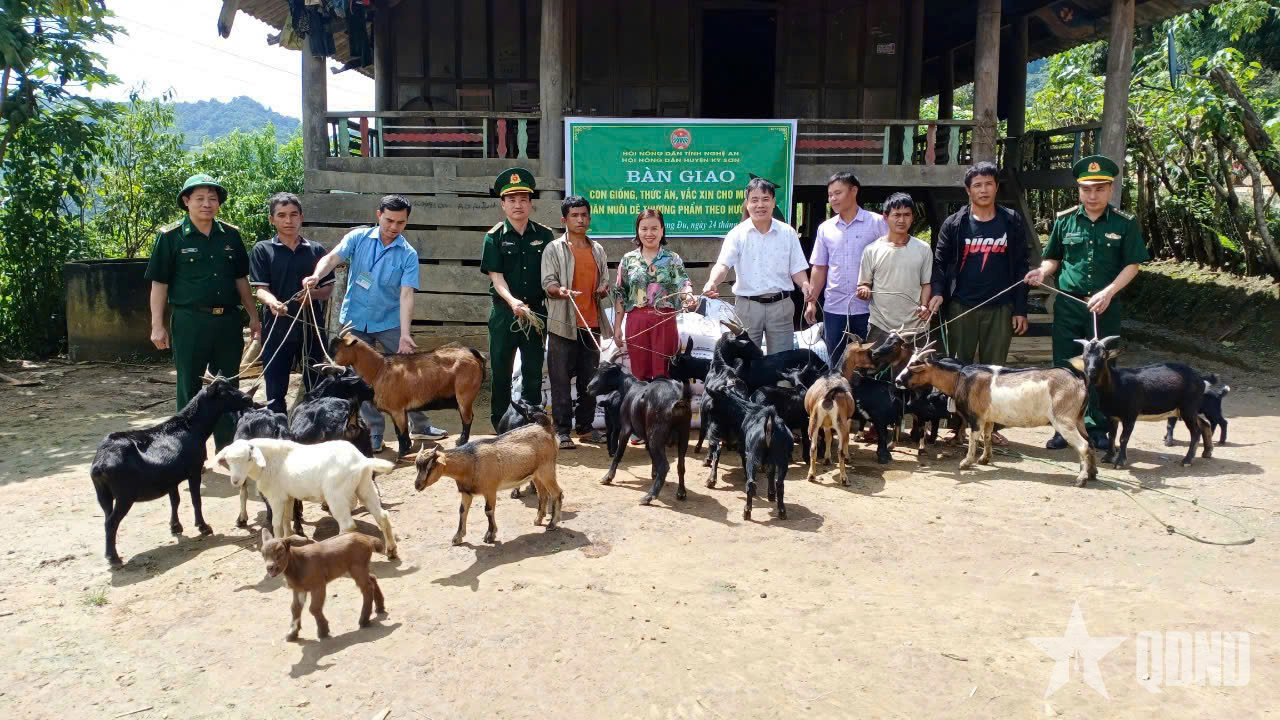

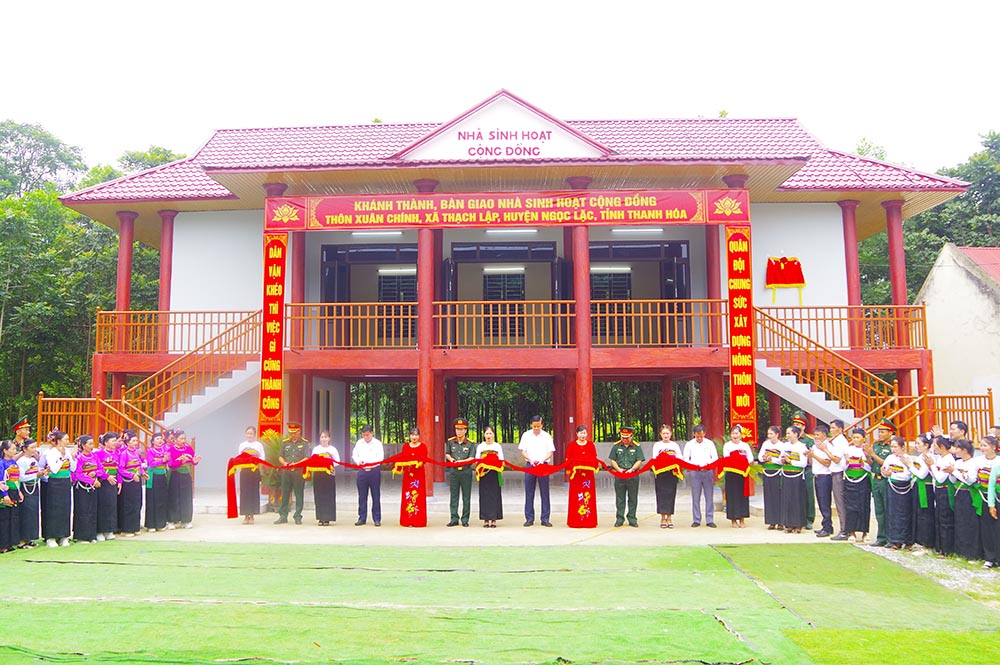
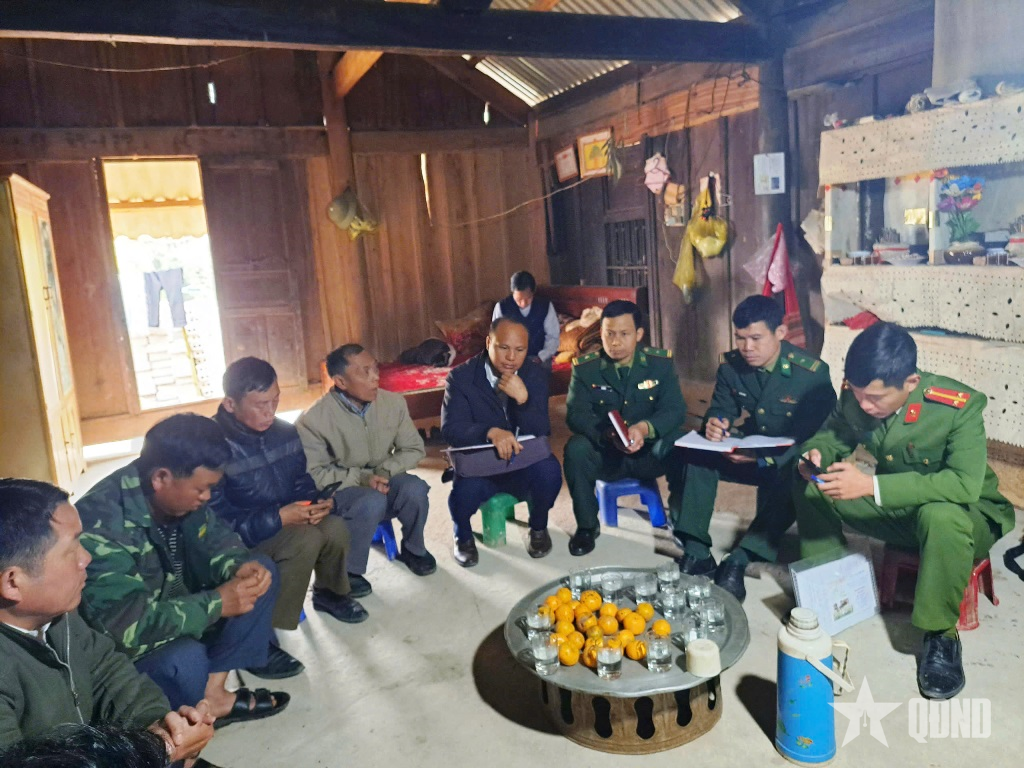




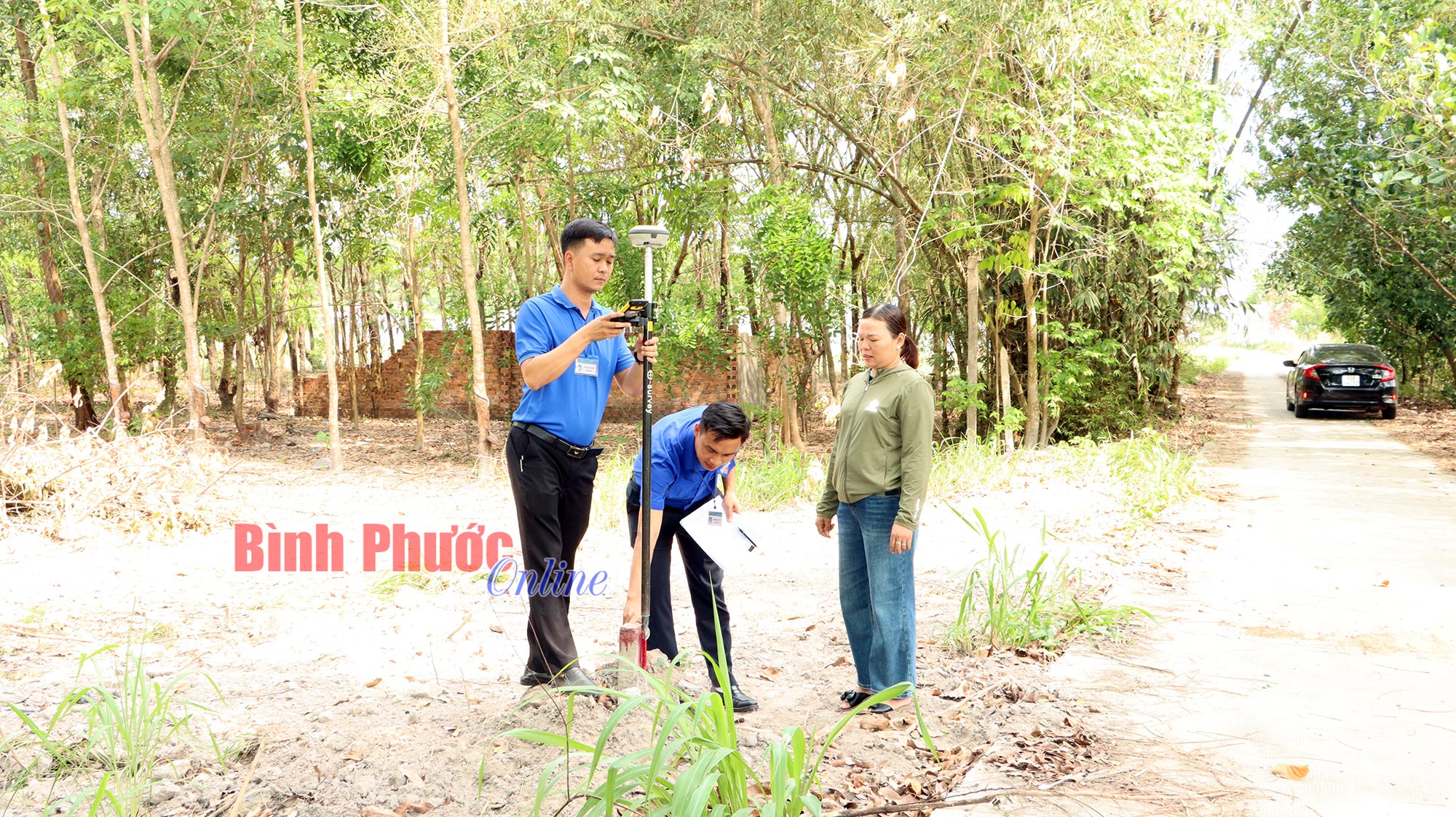


Comment (0)